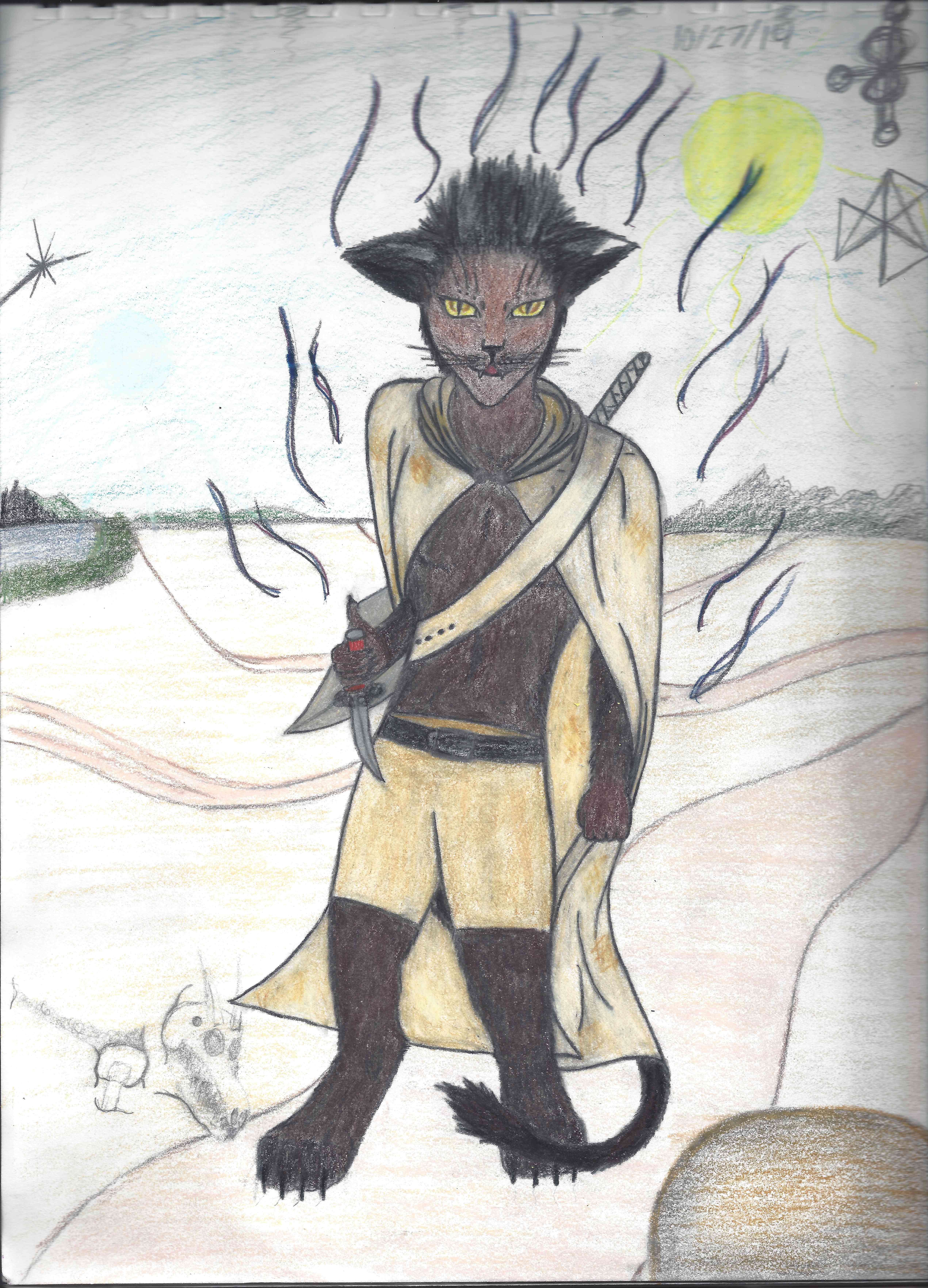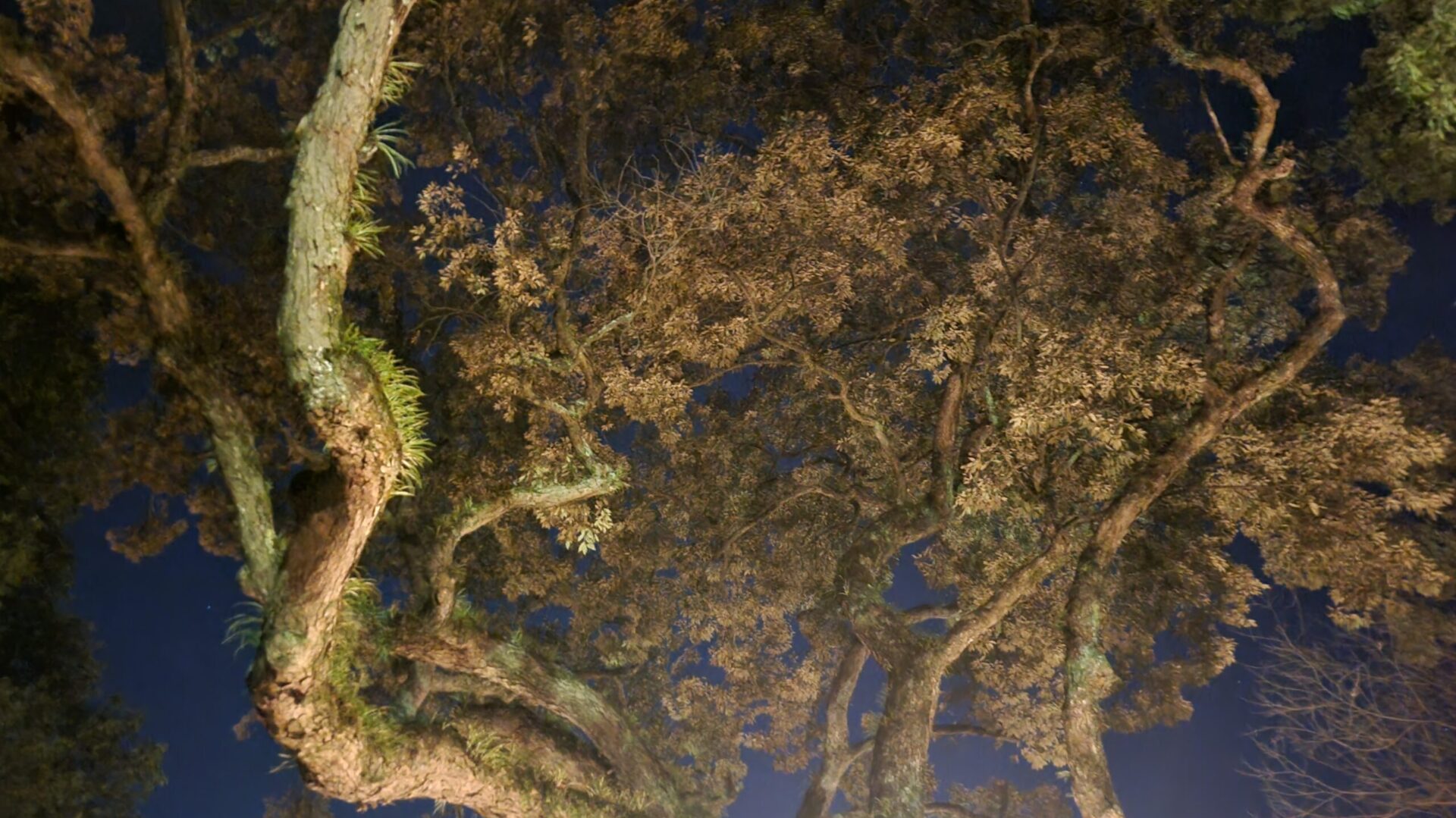I previously mentioned the role Gypsy-Kings play in terms of political organization and social hierarchy, so I won’t repeat myself much, other than to reiterate that their name is a reference to both their lifestyle and their authority.

Their lifestyle is notably simple. As gypsies, they move from place to place, and possess only what they can carry. While the race as a whole possess remarkable strength, stamina and durability, as a warring people they see no sense in wasting a great deal of energy trying to travel around with moving palaces. They live in tents, sleep on mats, cook on sticks, and wear their most precious possessions; that is, their weapons. These, at least, are of the finest quality, made by elves when they can get them, and cared for meticulously.

Their culture is a hard one. They deeply value relationships and connectivity, being pack animals by nature, but they also believe in, and indeed firmly expect, independence and self-sufficiency. As a member of a clan, you fight for yourself, feed yourself, care for yourself, defend yourself, and stand-up for yourself. Living in the barren and treacherous desserts of Emris, the weak do not long survive. Though the dead are mourned, the Gypsy-Kings see no sense in risking healthy pelts in an effort to protect creatures who have no personal drive to survive. Not that they don’t make every effort to train those who can’t fight well. It is merely that if every effort fails to create strength, they will prioritize the survival of those who can survive. However, some Gypsy-Kings who possess sufficient will, if not strength, have been known to embrace more civilized, if humble, existences in the cities when they lacked the grit to survive in the desserts.
Besides martial arts, the Gypsy-Kings are known for their weapon craft, blacksmithing, storytelling and philosophy. As the de facto rulers of the desserts and travel-paths, Gypsy-Kings hold themselves to high moral and social standards, and this attitude bleeds down into every aspect of their existence, from the way they engage in battle, to the way they eat together and their grooming rituals. If you imagining that the particulars of these standards and expectations are in anyway similar to our own social expectations, though, you’re going the wrong direction. They think licking somebody else’s ear is a sign of submission and respect, after all.

In terms of appearance, they fall into roughly two camps. At one point in their history, the Gypsy-Kings were actually made up of two different races; the Were-Cats and the Giant Ferrets, though both are evolutionary descendants of the Fawns. Overtime, the two intermingled, and it could be said the present majority of Gypsy-Kings look like something between these two, with most having a strong lean towards one or the other, but there are some overarching themes.
- Gypsy-Kings, when in “Two-legged” form, stand at about 6 1/2 to 7 feet tall.
- They have fur all over their bodies, in a variety of colors (the most common being black, gray, and brown) and patterns (solid, highlighted, striped, spotted, calico, ect.). Their fur is generally short, though many grow longer tufts on their head and spine, while the fur on their faces is much thinner. Long-hairs are considered an anomaly.
- They possess nasty-looking canines which tend to protrude just a bit from the corners of their mouths when they speak.
- They have largish ears which rest at roughly 45 degree angles from the crown of their head. These are either pointed or rounded, with the odd “fold” appearing once a generation or so.
- Typically, they wear dessert-colored clothing, which usually consists of shorts, a waist belt and a shoulder belt, long capes with detachable hoods, and weapons… lots of weapons.
- In “Two-legged” form, they have dexterous hands with curved claws at the ends.
- Most have long tails which seemingly wave on their own. These can be used to communicate, and even handle certain objects with training.
- Their eyes are feline, with wide irises and pupils which possess the ability to contract to narrow slits or expand to nearly the width of the eye, depending on light-levels and emotional responses. These come in nearly every color, though yellow, brown, and blue are most common.
- In “All-fours” form, they stand on clawed paws with long, lithe bodies and powerful limbs. They are roughly 4 feet tall at the shoulder, on average.

Gypsy-Kings are not strictly shape-shifters, more like shape-benders, possessing only two, fairly similar forms, the most striking difference between the two being found in the skeletal structure of the limbs and scull. It is theorized by most scholars that this ability was a natural product of the lifestyle of these creatures, which deftly wavers between the sentient and animal on a moment to moment basis. Like the magical abilities of most Fawn descendants, neither the observer nor the observed manage to derive much sense or knowledge from the phenomenon. Amongst their own, the general Gypsy-King attitude concludes; “When we need hands, we stand, when we need paws, we walk.”




You must be logged in to post a comment.